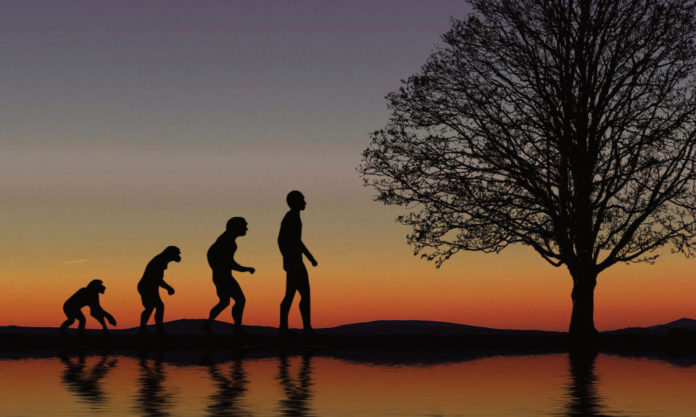A much coined phrase of recent years is that the centre of the civilised world is moving eastward. And that may not just be true for today, it may also turn out that this part of the world is from where we all came.
Politics aside, Chinese scientists have had much reason to contend that the origins of humanity lie closer to the Middle Kingdom than conventional wisdom would have it.
Fundamental to their theory are transitional fossils.
But first comes a mystery hitherto unsolved. The local fossil record shows that between 125,000 and as long as 900,000 years ago, this part of the world was teeming with a subspecies of archaic human who had features more akin to people today than those found elsewhere.
Russell Ciochon, a palaeoanthropologist at the University of Iowa in the USA has studied the issue extensively, reported Scientific American in 2016. “Those fossils are a big mystery”, he said. “They clearly represent more advanced species than H. erectus, but nobody knows what they are because they don’t seem to fit into any categories we know.”
As such, 40 years of analysis has given considerable pause to the argument that the “upright man”, Homo Erectus, found in Africa progressed to become Homo Sapien, the modern human.
But the fossil record here is less complete than in other parts of the world.
We do, however, have the Dali Man. This near-complete skull was discovered in 1978 in Dali in Shanxi Province. Dating back 250,000 years, the skull has a bigger neurocranium, shorter face and lower cheekbone than most subspecies’ specimens.
In short, the Dali man was more advanced.
Even older than him are the Yunxian Skulls. Discovered in 1989 and 1990 in Yunxian County of Shiyan City in Hubei Province, the two damaged but relatively-complete adult specimens were determined to be between 350,000 and 500,000 years old.
Again, there are many facial and basicranial anatomical details that have been rarely seen in similar findings of the same age. This prompted Chris Stringer, a palaeoanthropologist at the Natural History Museum in London, to suggest that the subspecies may have actually originated in Asia and then spread to other continents.
But the kicker was to come in 2007. In Zhiren Cave in the Mulan Mountains of southerly Guangxi Province was found two teeth and a lower jawbone. Such were their modern traits many researchers chose to classify them as Homo Sapien.
The Chinese scientific community, unsurprisingly, therefore believes that these finds point to modern humans first evolving in Asia.
Charles Darwin, on the other hand, thought that our closest relatives, chimpanzees and gorillas, were only found in Africa. But again, the fossil record lets us down and perhaps we will never know our true origins. Just how far eastward is the centre of the civilised world?
“Asia has been a forgotten continent”, said Stringer. “Its role in human evolution may have been largely under-appreciated.”









